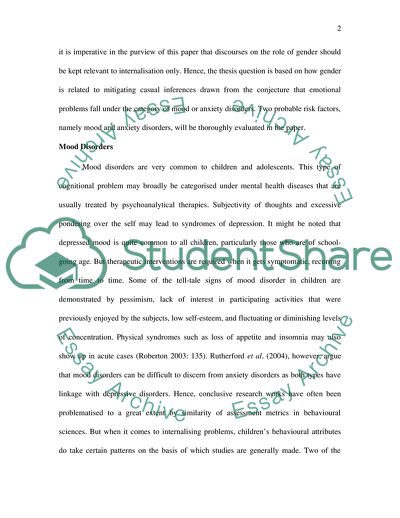Cite this document
(Is Gender a Risk Factor for Internalising Problems Coursework, n.d.)
Is Gender a Risk Factor for Internalising Problems Coursework. https://studentshare.org/psychology/1731509-is-gender-a-risk-factor-for-internalizing-problems-within-children
Is Gender a Risk Factor for Internalising Problems Coursework. https://studentshare.org/psychology/1731509-is-gender-a-risk-factor-for-internalizing-problems-within-children
(Is Gender a Risk Factor for Internalising Problems Coursework)
Is Gender a Risk Factor for Internalising Problems Coursework. https://studentshare.org/psychology/1731509-is-gender-a-risk-factor-for-internalizing-problems-within-children.
Is Gender a Risk Factor for Internalising Problems Coursework. https://studentshare.org/psychology/1731509-is-gender-a-risk-factor-for-internalizing-problems-within-children.
“Is Gender a Risk Factor for Internalising Problems Coursework”. https://studentshare.org/psychology/1731509-is-gender-a-risk-factor-for-internalizing-problems-within-children.


